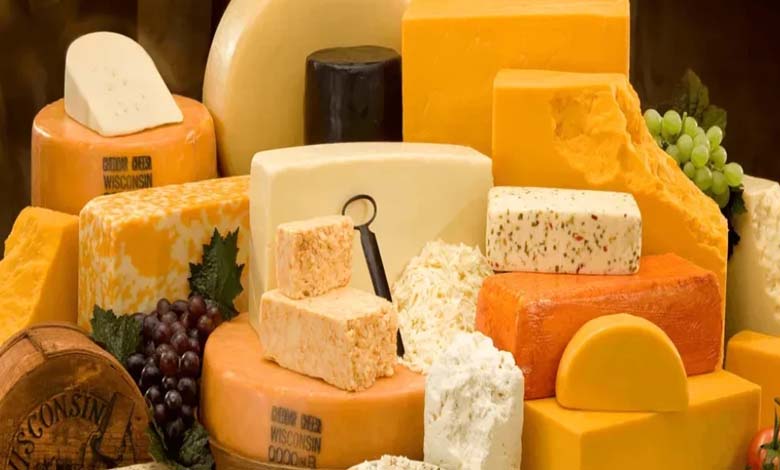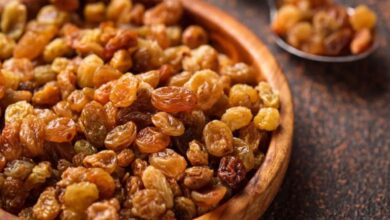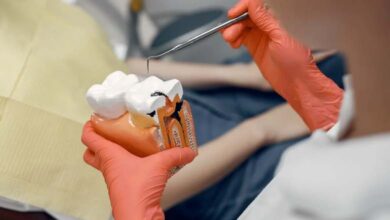Plastic invades dairy products: cheese takes the spotlight

An invisible threat on our plates
A new health alert is sounding alarm bells among food experts and consumers: the increasing presence of microplastics in dairy products, with cheese being especially affected. This issue, once associated mainly with seafood or bottled water, is now spreading to food items once considered relatively safe — including milk-based products.
Recent studies conducted across Europe and Asia have revealed significant contamination in milk, yogurts, and particularly cheese. These findings confirm the worst fears of many scientists: microplastics are now pervasive in our food chain.
-
What Is the Ideal Timing to Take Dietary Supplements?
-
Are Electric Shock Sensations a Sign of Vitamin B12 Deficiency?
Tiny particles, massive presence
Microplastics are plastic fragments less than 5 millimeters in size, originating from the breakdown of industrial, agricultural, and domestic plastic waste. They travel through air, water, and soil, infiltrating food chains at nearly every level.
In dairy production, contamination can occur at various points. Modern milking systems use plastic tubing and containers that can release microscopic particles with repeated contact. During processing, pasteurization, storage, or packaging, more plastic residues can enter the food stream.
Cheese, particularly pre-packaged or grated varieties, is especially susceptible. Its dense and fatty structure makes it more likely to trap and retain microplastic particles compared to other foods.
-
Coconut Water or Coconut Milk — Which is Healthier for You?
-
Why Is It Recommended to Follow a Low-Fiber Diet?
Agricultural and industrial practices under scrutiny
Beyond equipment, certain farming methods also contribute to the problem. The use of plastic-containing compost, synthetic fertilizers, or irrigation systems tainted by wastewater can introduce microplastics into the soil and animal feed. This contamination eventually finds its way into raw milk.
Single-use plastics, still widespread in the food industry, further exacerbate the issue.
Health effects still uncertain — but troubling
Though long-term research on human health impacts is ongoing, many studies suggest a worrying toxic potential. Microplastics can carry harmful substances such as phthalates, bisphenol A, and heavy metals — all of which have been linked to hormonal disruption, inflammation, and even cancer. Some particles may also disturb the gut microbiome or accumulate in vital organs like the liver or kidneys.
Given that dairy products are dietary staples in many cultures — especially among vulnerable groups such as children and pregnant women — the implications are significant.
Institutional responses and future regulation
Organizations such as the European Food Safety Authority (EFSA) and the World Health Organization (WHO) have launched further studies and are urging caution. The EU is considering banning certain plastics in food-processing equipment and tightening standards on materials that come into contact with food.
Some environmentally conscious producers are already taking action. A growing number of artisanal dairies now sell products in glass containers or offer plastic-free packaging alternatives.
-
4 Foods That Boost Vitamin D Production in the Body
-
Amid Bird Flu Outbreak, Warnings Against Drinking Raw Milk
What can consumers do?
On an individual level, there are simple yet impactful choices:
- Buy local, artisanal dairy products when possible.
- Choose bulk cheese or products packaged in glass or biodegradable materials.
- Avoid ultra-processed or individually wrapped cheese.
- Support brands that prioritize sustainable and traceable production.
Plastic contamination in dairy products is no longer a distant or abstract concern — it’s a reality with broad implications for health and the environment. While science continues to investigate the long-term effects, immediate action is needed on multiple fronts. From manufacturers to lawmakers to everyday consumers, everyone has a role to play in reducing plastic pollution in our food.












